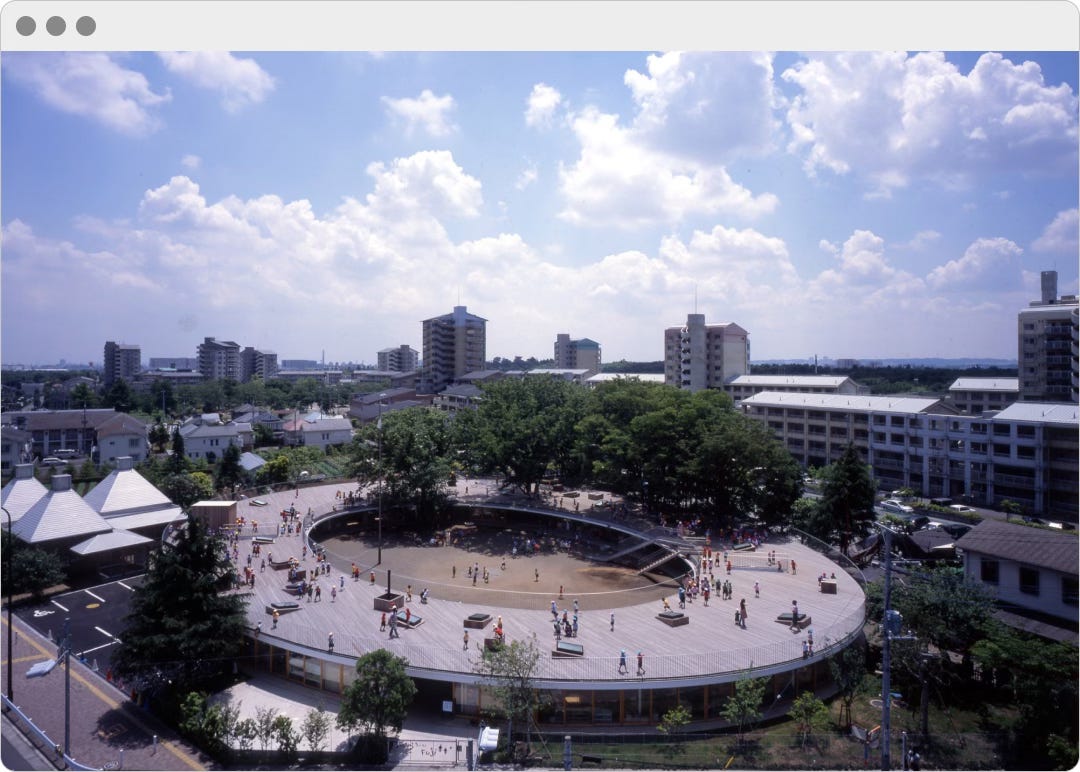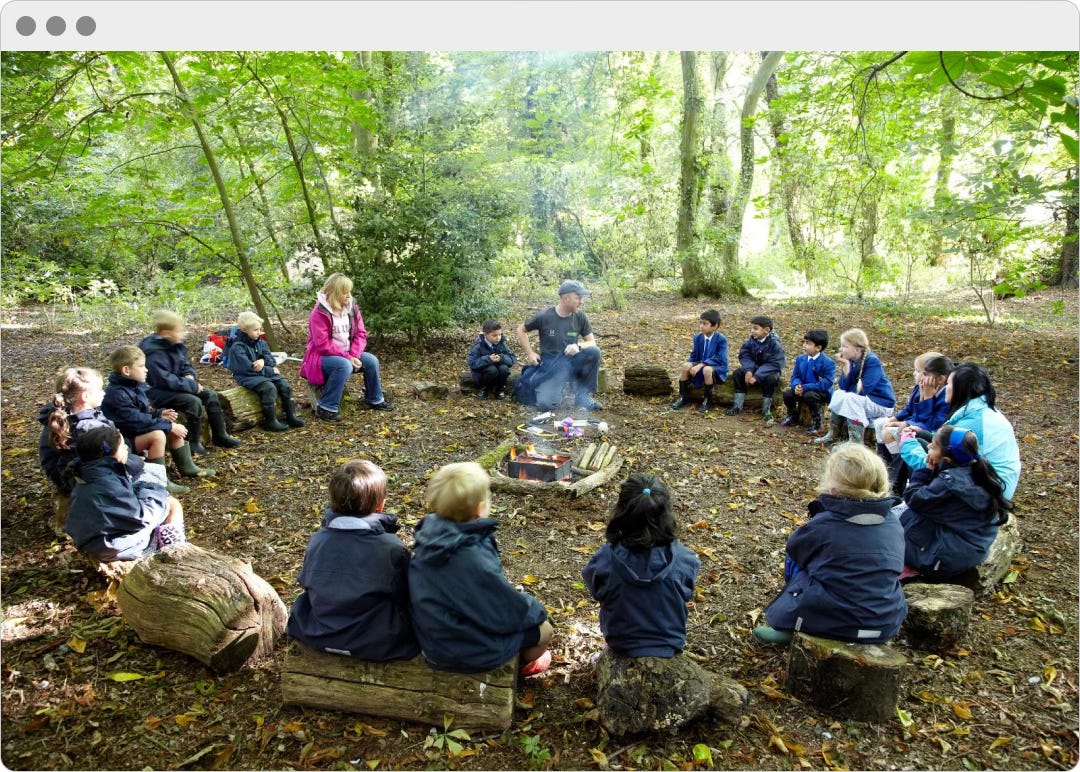Before the lesson began, there was the soft scrape of chalk on slate. The stiff posture of students in uniform rows. The sharp, stern voice of a teacher dictating facts with authority.
My education began in a French Catholic high school (in Istanbul, of all places), where memorization reigned supreme. We were expected to recite, not to question. I craved the why, but was given only the what. The curriculum was rigorous and impressively broad, yet it never made room for curiosity. It was like living in a beautifully carved box—one with no windows.
In college, the room grew larger, but the isolation remained. We were 200 students in a single lecture in France, names forgotten. Then back to Istanbul for a second degree. Smaller class, back to memorization, questions rarely welcome. Professors spoke at us, not with us. Most of what we learned had little bearing on the world we were about to enter.
I left school with a head full of knowledge, but a heart full of questions. I had learned, but I wasn’t sure what for.
“Education is the kindling of a flame, not the filling of a vessel.” —Socrates
Learning with less
Essentialism (or minimalism, depending on the context), at its heart, is about returning to what matters. It’s a practice of subtraction in search of clarity.
What happens when we bring that ethos into education? When we strip away the excess—not to offer students less, but to create space? For thinking, for growth, for asking?
This essay is a meditation on that question. It’s about the architecture of learning, not as a pile of knowledge, but as a space where thought and life intersect.
A different kind of learning
Intentional learning requires a shift in mindset. Instead of treating the classroom as a storage unit for facts, it becomes a studio for ideas. A garden for growing minds.
At the Fuji Kindergarten in Tokyo, children run in circles—literally. The school is built as an elliptical loop, with a continuous rooftop playground that invites movement and wonder. The space is open, fluid, and alive. There are few walls, few hard separations. The design reflects a belief that children thrive in environments that breathe.
This isn’t simplicity as austerity, but as invitation: a space that removes what’s unnecessary so something richer can emerge.
When educators and architects collaborated on Fuji, they weren’t trying to impress. They asked instead: “What do children need to feel free, to feel focused, to feel human?”
The result is not just a beautiful building, but a living pedagogy—one that teaches through space, rhythm, and light.
This principle echoes elsewhere. In Denmark, forest schools send children outdoors year-round, trusting that the natural world is a better teacher than a worksheet. In Finland, learning is integrated with student well-being, with minimal standardized testing and more time for rest and reflection.
Across the globe, a quiet shift is happening. Each of these models embraces a kind of clarity: doing less to allow for more.




